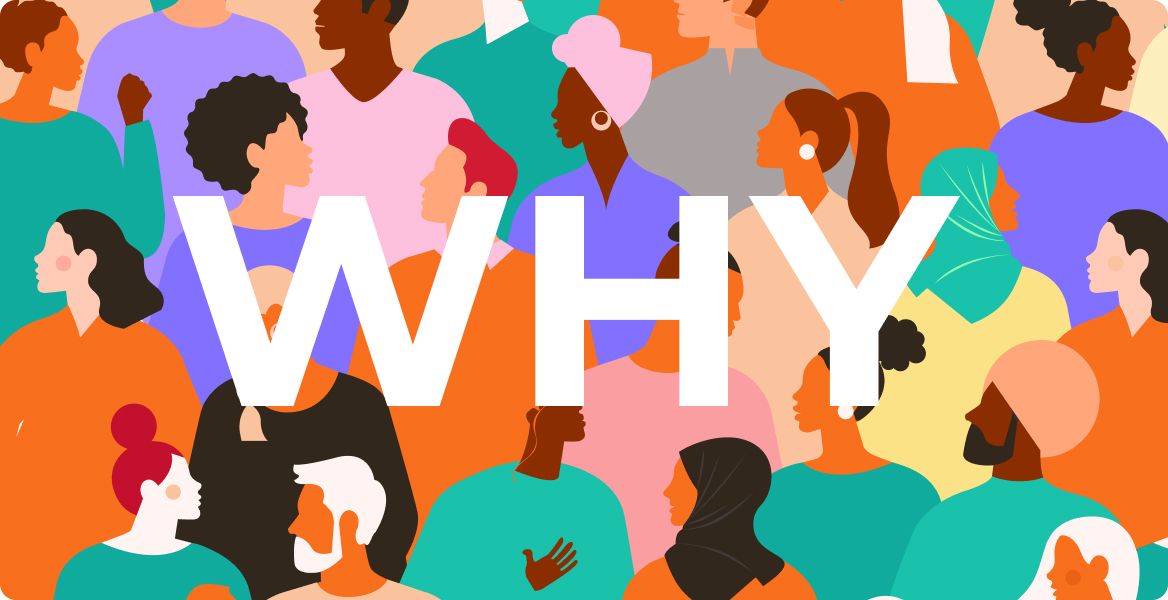Forming an Effective Community Strategy

Antonia Hellman
2021.10.25
3 min read

Last week, we hosted our second “How to build a community” speaker series event with community expert Brian Oblinger. Brian is a community consultant, who has worked with several massive companies, such as Acer, The Home Depot, Comcast, HP, PlayStation, and more to develop their community strategies. Toucan CEO, Antonia Hellman, sat down with him and moderated a Q&A session on what brought him to community as a career, what he has learned along the way, and any advice he has for community managers today.
Start with the WHY.

That’s the core of community strategy. It is vitally important to be in touch with the problem your community is solving and what your members actually want to get out of it.
When it comes to building a community around an individual company, it can be easy to get caught up in what the company wants. But that is not the way you get a collective excited or keep them committed. You need to understand, first and foremost, why people joined in the first place and how the community can best serve their needs. This isn’t to say that the community’s wants and needs shouldn’t be aligned with the company’s - they most certainly should -, but it’s important to keep in mind that different stakeholders may have different objectives.
Internal and external communities go hand-in-hand.

Companies that prioritize building a strong community internally tend to have the strongest external communities of supporters. If a company establishes a culture that employees buy into and actively participate in, it will, effectively, have a head start when it comes to creating a following of devoted product supporters.
Brian suggested that internal communities be housed on the same platforms as their companies’ external communities. That way, employees can engage with the external folks more, and engagement isn’t dependent only on work done by community managers. Also, the ability to connect with internal team members could be a massive selling point for customers. Knowing that they’ll have access to the people on the inside whenever they have a problem or a question conveys to them that your company cares about them.
Community is a long game.

Don’t just think in weeks or months. Think years. Building a community is something that takes time. Creating one that’s long lasting takes effort, at least one unwavering champion within an organization, and a long-term strategy. And don’t be afraid to let the strategy evolve - just don’t lose sight of the overall why.
For example, the decades prior to the pandemic, companies tended to hold their events and get-togethers in-person; however, they came to realize that the internet provided them with highly valuable resources that they could use to their advantage. That’s when many companies started baking both in-person and online community components into their engagement efforts. After the past year and a half, nobody is disputing the importance of virtual communities. But there is no one-size-fits-all model for community building, so it’s always important to meet people where they are and listen to what resonates with them the most.
See Toucan in action without having to register
About author

Antonia Hellman
Antonia Hellman is co-founder and CEO of Toucan.
She is a recent graduate of Stanford University, having studied political science and economics.
She enjoys long walks to explore new cities, listening to audiobooks on 1.2x speed, a cup of hot water, and re-watching mediocre movies.
Go back to blog
© 2024 Toucan Events Inc. All rights reserved.
